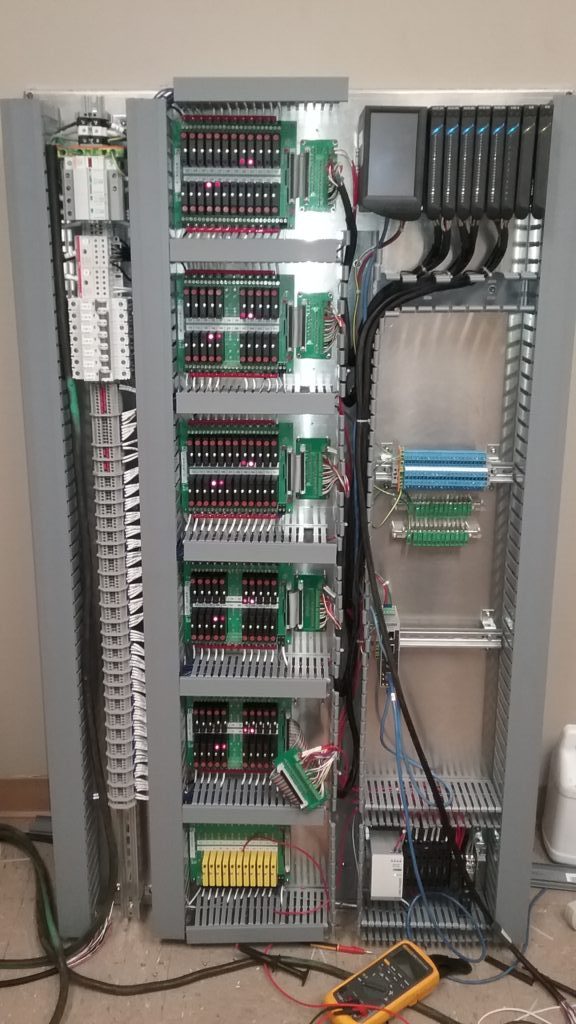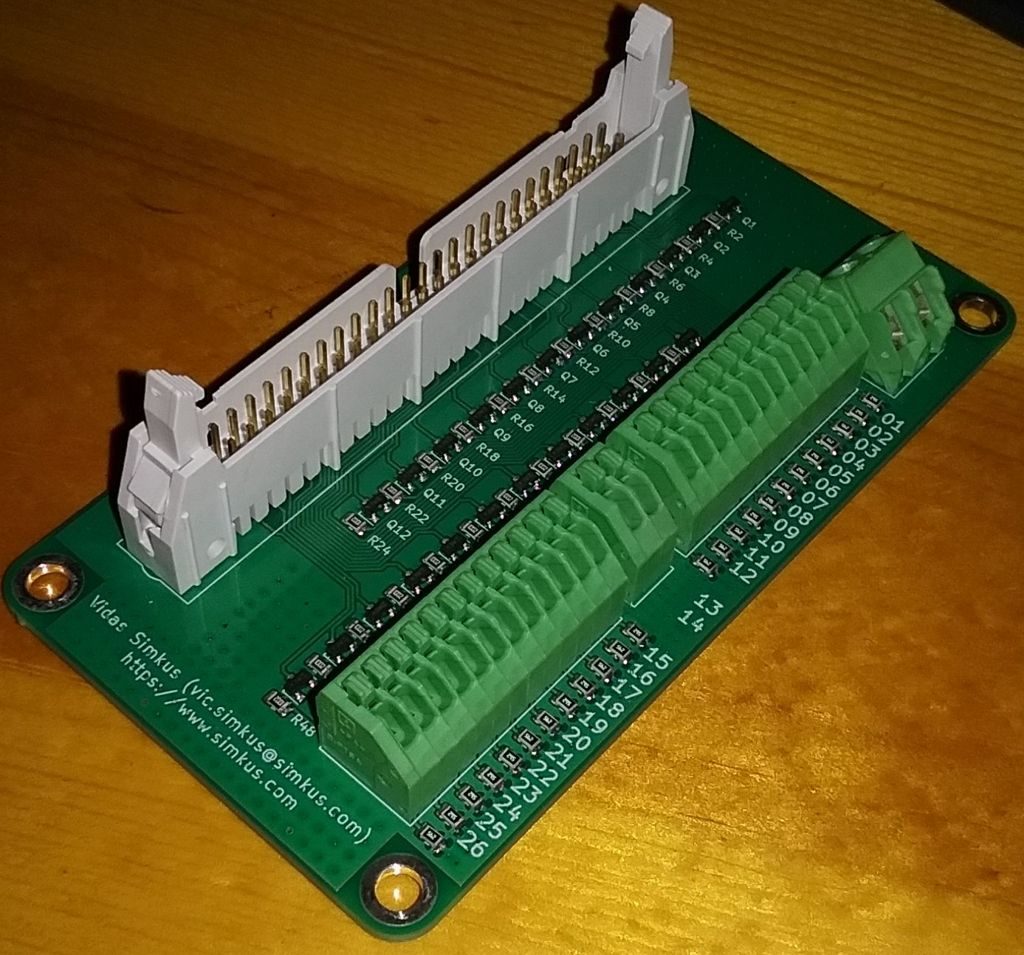2019-06-14
2019-06-14
It’s been a little while since the last update. And for a very good reason. I was busy failing Calculus II. How I got a 89% on 70 (not a typo!) homework assignments and a ‘D’ in the class overall is beyond me. The long and the short of the story is anything that involved grading by a computer averaged 89%, while anything that involved grading by an “instructor” went straight into the toiled. I will leave drawing of conclusions to the reader.
During this time I fell behind on home remodeling, personal projects, and work projects. But I will say this, despite the clear and obvious biases displayed in classroom, I have learned a lot. I can’t tell you specifically what I have learned, but trust me, it’s there.
One of the fun projects I started at work is the upgrade of the central refrigeration control system. That topic deserves a post of its own, but one of the issues I ran into is integration of products made by OPTO 22 (https://www.opto22.com) with products made by OPTO 22 (https://www.opto22.com). Specifically the G4PB24 (https://www.opto22.com/products/g4pb24) module rack with the GRV-ODCSRC-24 (https://www.opto22.com/products/product-container/grv-odcsrc-24) output module. Cutting to the chase, the G4PB24 is an active-low thingamaboob and the GRV-ODSRC-24 can do everything except be active-low. This is a fun fact that, technically, is documented in the data sheets, but it is certainly not something that is made obvious. Moreover, ordering lots of each is not something that catches the attention of people processing the purchase order at OPTO 22. A process that I see taking place is along the lines of “Hey this fella over here sure is ordering a bunch of incompatible stuff. Should we ask him if this is what he really wants? Nah Jayden, let’s go have an avocado toast instead”.
NOTE 1: I came upon “Jayden” by Googling “stereotypical california name”
NOTE 2: Avocado toasts are freaking delicious.
NOTE 3: I do not blame OPTO 22 in any way, shape, or form. They are in wine country and the wine doesn’t drink itself after all.
NOTE 4: No one names “Jayden” would ever be that thoughtful.
NOTE 5: “Jayden” is a stupid name.
Back to the story. I had a pile of stuff mounted on a panel. This stuff had to be there in that specific way due to space limitations of the existing equipment with very similar form factor. To make a long rambling story slightly shorter, I needed the high density of this specific configuration.
Here’s one of three panels partially assembled.

Anyways. I needed a way to interface an “active-low” (in other words a “needs a sinking … thing on the other end”) doodad with a sourcing doodad. To the rescue come 24 NPN transistors. Specifically Diodes Incorporated MMBTA42 (https://www.diodes.com/products/discrete/bipolar-transistors/transistor-bjt-master-table/transistors-100v/part/MMBTA42).
It was not a complicated project, but a seemingly unnecessary and annoyingly pedantic one. It hearkens back to to the plumbing standards: 1.5″ drain in a kitchen sink, 1.25″ drain in a bathroom sink, one kind of hookup for a toilet, another kind of hookup for a faucet, another kind of hookup for a laundry machine, another kind of hookup for a dish washer …

Why can’t we all get together and decide that we are going to use a 1.5″ drain with a 3/8″ compression fitting for all end-point applications?
ANYWAYS
One of the more annoying issues was the current draw. The minimum required current draw per port on the OPTO 22 24 port module ( GRV-ODCSRC-24 — see above) is 5mA. At 24VDC that’s freaking HUGE! Specifically, that’s 12mW. 12mW per output for 24 outputs is 2.88W, and that’s just the MINIMUM required load for the output module. You’re not going to go with the minimum spec and then there is the intrinsic dissipation such as for the transistor and the base resistor and to make a long rambling story slightly shorter it ended up being about 4W per adapter board per module rack assuming all 24 outputs active at the same time (i.e. worst case scenario). There are 5 module racks so that means 20W of power dissipation assuming all 24 modules are active on all 5 racks at the same time. This is in an enclosed cabinet in a 110F space. Here it is:

In typical industry fashion, terminal 26 is module 0.
The design files are on Github here: https://github.com/vic-simkus/G4_TO_GROOV_ADAPTER I’m in the process of designing a board for the input modules. Should be getting that completed soon.